Dodge Ram 1500 Check Engine Light Flashing When Accelerating In 2023!
In this case, The check engine light in your Dodge Ram 1500 is a warning system that alerts you to potential issues with your vehicle’s engine. Let’s fix it before some severe problem can cause damage to you and your Dodge RAM.
Dodge Ram 1500 Check Engine Light Flashing When Accelerating means an active misfire, catalytic converter, and Sensor issues are solved by replacing the fuel injector, Oxygen(O2), or Mass Airflow Sensor (MAF) sensor.
Afterward, we will explore why the check engine light flashes when accelerating in a Dodge Ram 1500 and provide valuable insights on resolving this problem.
What Is Dodge Ram 1500 Check Engine Light Flashing When Accelerating?
When the check engine light starts flashing, it signifies a severe engine misfire, allowing unburned fuel to enter the exhaust system. This condition poses a danger of damage to the catalytic converter, a crucial component responsible for reducing harmful emissions from your truck.
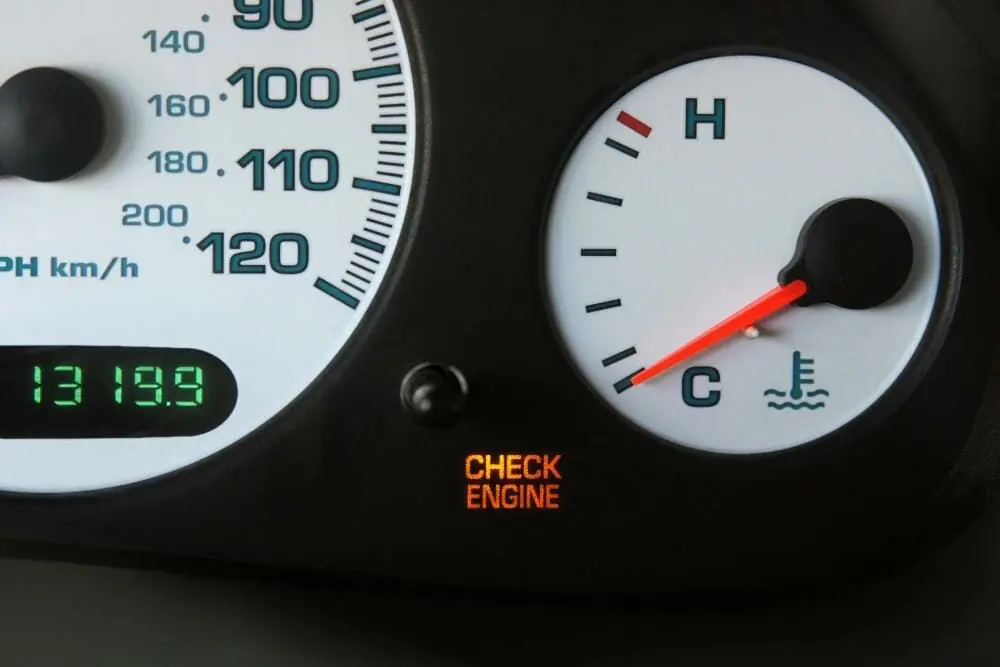
Top 6 Reasons For Dodge Ram 1500 Check Engine Light Flashing When Accelerating – Let’s Fix It!
1. Firstly Can Be The Misfiring Cylinder:
A misfire occurs when the fuel-air mixture in one or more engine cylinders fails to ignite properly. This can be due to a faulty spark plug, ignition coil, or fuel injector issues. Furthermore, A misfiring cylinder leads to a loss of power and engine performance, triggering the check engine light to flash.
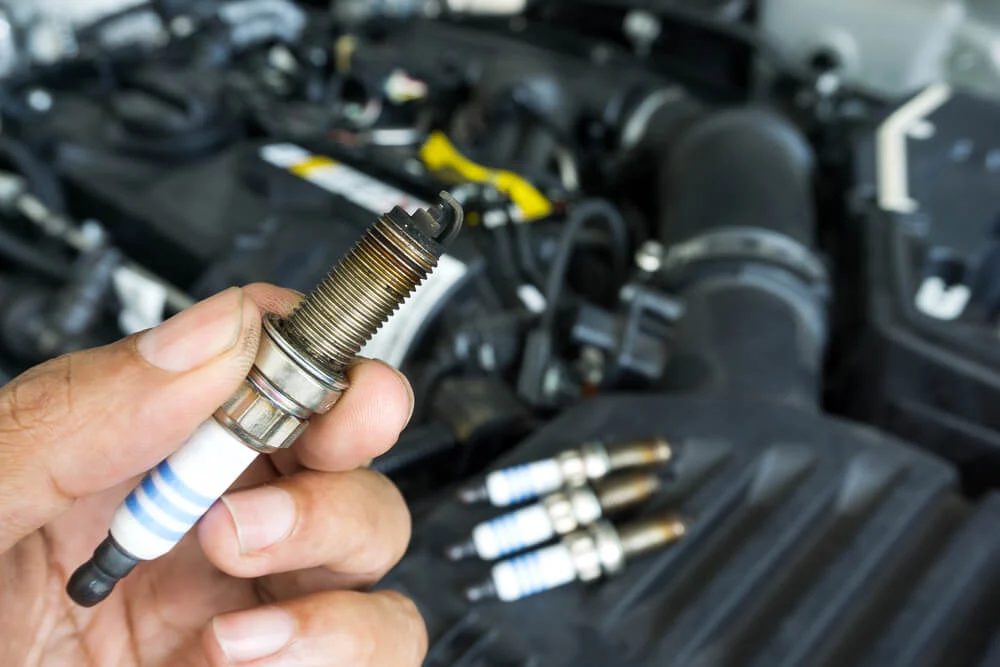
Suppose a misfiring cylinder is causing the check engine light to flash. In that case, you should start by identifying the specific cylinder(s) experiencing the issue and, for this reason, using an OBD-II scanner that provides trouble codes.
- Fuel Issues: To address fuel-related issues causing the check engine light to flash, consider the following solutions:
- Check the fuel pressure: Use a fuel pressure gauge to measure the fuel pressure at the rail. It may indicate a problem with the fuel pump or a clogged fuel filter if it is below the specified range.
- Clean or replace the fuel injectors: Thirdly, Clogged or malfunctioning fuel injectors can disrupt the fuel flow. Consider using a fuel injector cleaner or have the injectors professionally cleaned or replaced.
2. Next Can Be The Catalytic Converter Issues:
In this case, A malfunctioning or failing catalytic converter can trigger the check engine light. Neglected maintenance, engine misfires, or damaged components can contribute to catalytic converter problems, resulting in the flashing check engine light.
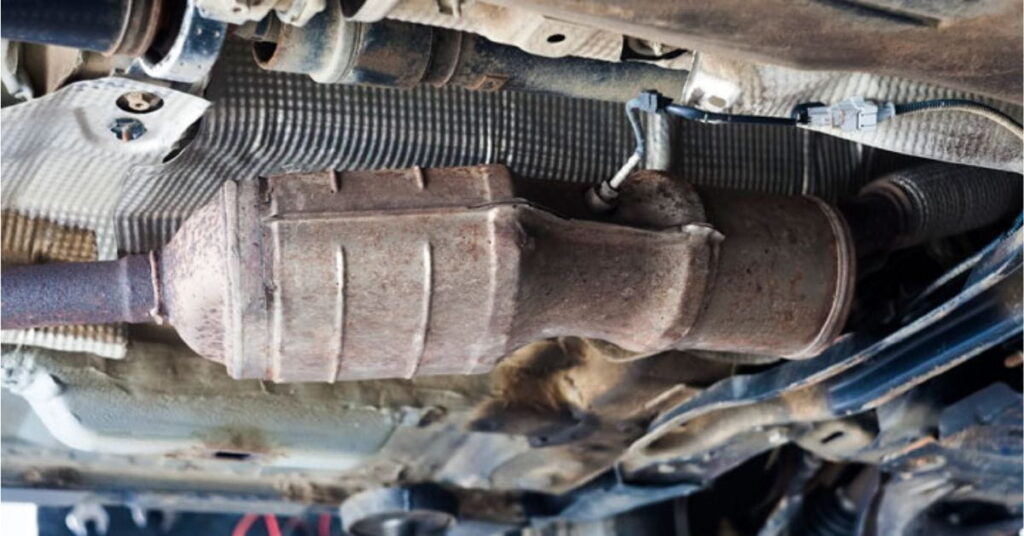
Therefore, If a malfunctioning catalytic converter is triggering the check engine light to flash, you may need to take the following steps:
- Consult a professional: Catalytic converter issues often require professional diagnosis and repair. A mechanic can determine if the catalytic converter needs to be replaced or if other underlying problems contribute to its malfunction.
- Replace the catalytic converter: If it is faulty, it may need to be replaced. Follow the manufacturer’s recommendations and consult a professional for the correct replacement procedure.
3. Further Includes The Unburned Fuel:
Worn or damaged spark plugs can lead to incomplete combustion, resulting in unburned fuel. For instance, Issues with ignition coils, spark plug wires, or the ignition control module can cause weak sparks, leading to unburned energy.
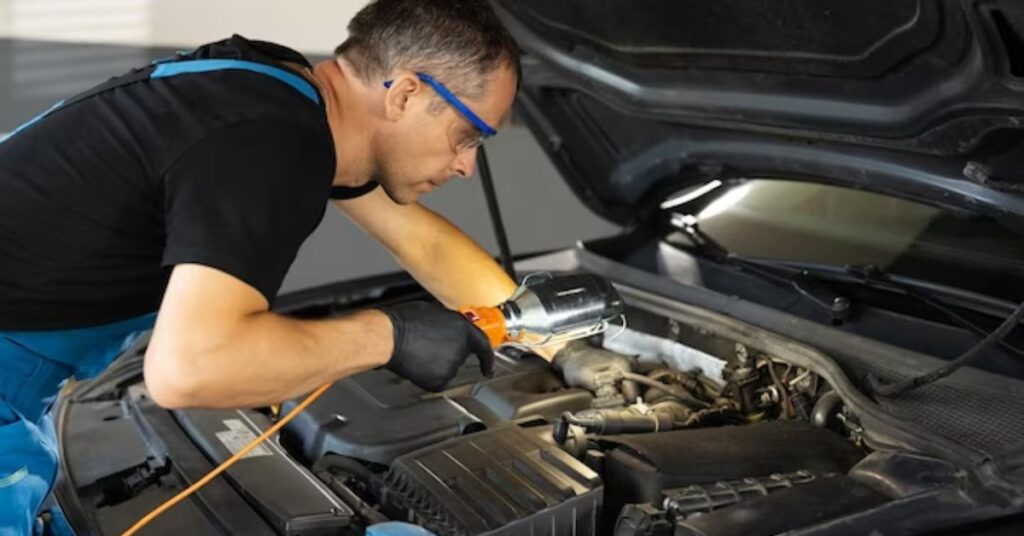
Dirty or clogged fuel injectors can disrupt the proper fuel spray pattern, causing fuel not to burn completely. More fuel pressure can result from a failing fuel pump or a clogged fuel filter, leading to unburned energy.
Solutions:
- Replace spark plugs: If worn or damaged, they should be replaced with new ones according to the manufacturer’s recommendations.
- Check ignition system: Inspect the ignition coils, spark plug wires, and ignition control module for any signs of damage or malfunction. Replace any faulty components.
- Clean or replace fuel injectors: If they are clogged, they may need to be cleaned using a suitable fuel injector cleaner or replaced if cleaning is ineffective.
- Check fuel pressure: Use a fuel pressure gauge to measure the fuel pressure. The fuel pump or filter may need replacing if it’s below the recommended range.
4. Fuel Issues:
A clogged fuel filter restricts fuel flow and can lead to fuel delivery issues, causing engine misfires and a flashing check engine light. A failing fuel pump may not supply enough fuel to the engine, resulting in poor performance and misfires.

For this reason, fuel containing impurities or water can disrupt combustion and cause fuel-related issues.
Solutions:
- Replace fuel filter: Firstly, If the filter is clogged, it should be replaced with a new one to ensure proper fuel flow.
- Check fuel pump: Test the fuel pump’s pressure and functionality. If it’s not operating within specifications, consider replacing the fuel pump.
- Use quality fuel: Ensure you use clean, high-quality energy from reputable sources to avoid contamination.
Dodge RAM popping noise when accelerating is another related issue that can help you in this regard. Check it out now!
5. Faulty Oxygen Sensor (O2 Sensor) or Mass Airflow Sensor (MAF):
The oxygen sensor measures the oxygen levels in the exhaust system. A defective sensor can affect fuel economy, engine performance, and emissions, activating the check engine light.
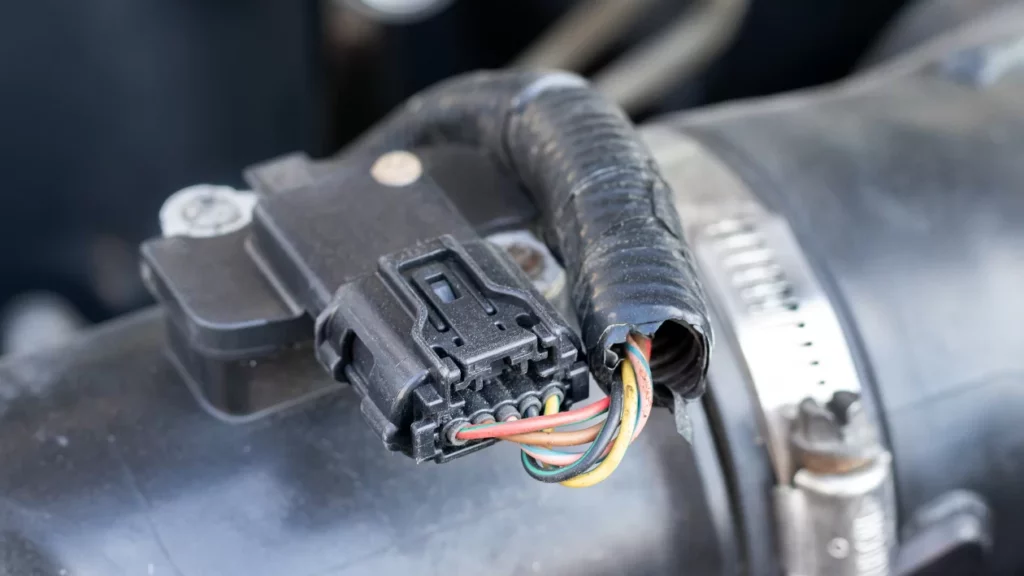
To resolve issues caused by a faulty oxygen sensor, consider the following solutions:
- Identify the faulty sensor: Use an OBD-II scanner to determine which oxygen sensor is malfunctioning. There are usually multiple sensors in the exhaust system.
- Clean the MAF or O2 sensor: Use a specialized MAF sensor cleaner to clean the sensor carefully. Follow the instructions provided with the cleaner and ensure the sensor is completely dry before reinstalling it.
- Replace the faulty sensor: Follow the manufacturer’s recommendations and replace the defective oxygen sensor with a new one. Be sure to use the correct sensor for the specific location (upstream or downstream) and consult the service manual or a professional.
6. Ignition System Problems:
Faulty ignition components, including spark plugs, ignition coils, or spark plug wires, can lead to misfires. A weak or inconsistent spark can prevent proper combustion, causing the check engine light to flash when accelerating.
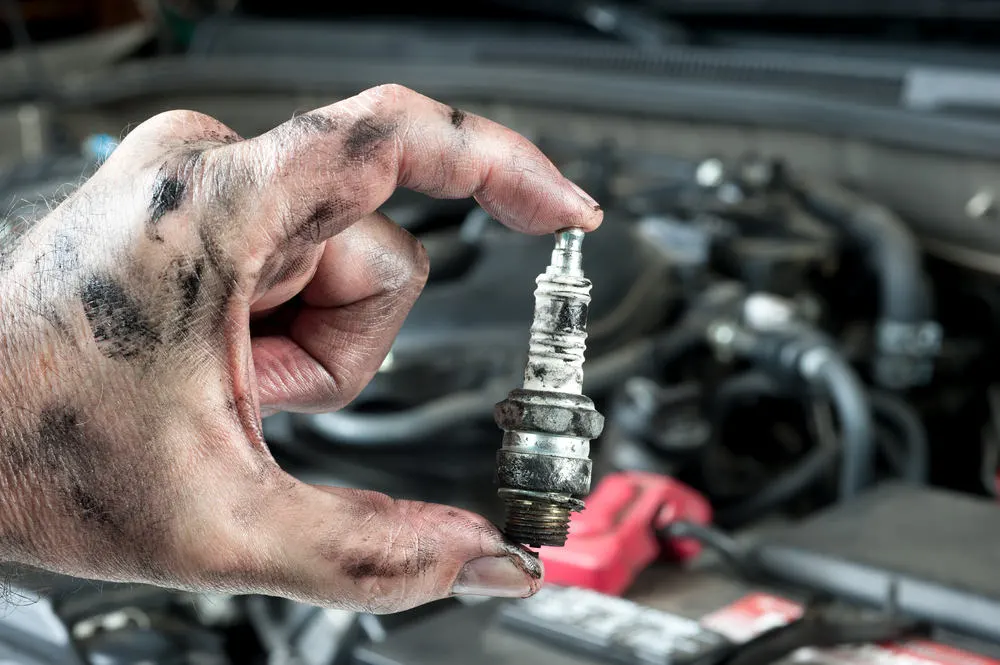
To resolve ignition system problems triggering the check engine light, try the following solutions:
- Replace faulty spark plugs: Worn or damaged ones can lead to misfires. Replace them with new ones recommended for your vehicle.
- Inspect and replace ignition coils: Faulty ignition coils can cause misfires. Inspect them for any signs of damage or malfunction and replace them as needed.
- Check spark plug wires: Inspect the spark plug wires for cracks, damage, or improper connections. Replace any faulty cables with new ones.
Note: Similar issues are occurring to people related to your Dodge RAM 1500. For this reason, I have found a Link To Dodge RAM Forum where you can see what others are doing to solve this!
Lastly, we have learned the top reasons and can fix them with the solution I have gathered for you. Let’s move on to the most asked questions about the Dodge Ram 1500: Check Engine Light Flashing When Accelerating!
Frequently Asked Questions:
1. Can I continue driving with a flashing check engine light?
It is not recommended to drive with a flashing check engine light as it can further damage the engine or catalytic converter. Seek prompt attention to prevent costly repairs.
2. Will the check engine light stop flashing on its own?
The check engine light may stop flashing if the misfire issue resolves itself. However, addressing the underlying problem is crucial to prevent further damage and ensure optimal engine performance.
3. Can extreme weather conditions, such as cold temperatures, cause the check engine light to flash?
Yes, extreme weather conditions can cause the check engine light to flash. Notably, freezing temperatures can worsen engine issues, leading to misfires and a flashing check engine light.
Conclusion:
The flashing check engine light during acceleration in a Dodge Ram indicates an active misfire or catalytic converter damage. Solve it by replacing the fuel injector, Oxygen(O2), or Mass Airflow Sensor (MAF) sensor.
Above all, You have learned the causes and how to fix this issue with the solutions I provided to ensure optimal performance and protect your truck’s engine. Trust the experts and take action today!

George Mason
Hi! I’ve been friends with my Dodge Ram for 7 years. I work as a carpenter, and my truck isn’t just for driving, it helps me with my job. Carrying tools and materials, it’s like a helper. Now, what I’ve learned and know is part of the content on phaseways.com. When you read about Dodge Ram here, know that it’s coming from someone who knows how it feels to drive and enjoy the open road. Let’s explore the world of trucks together, from taking care of them to the fun of driving, all from a carpenter who’s found a buddy in his Dodge Ram. Read More About me on Author Page!
